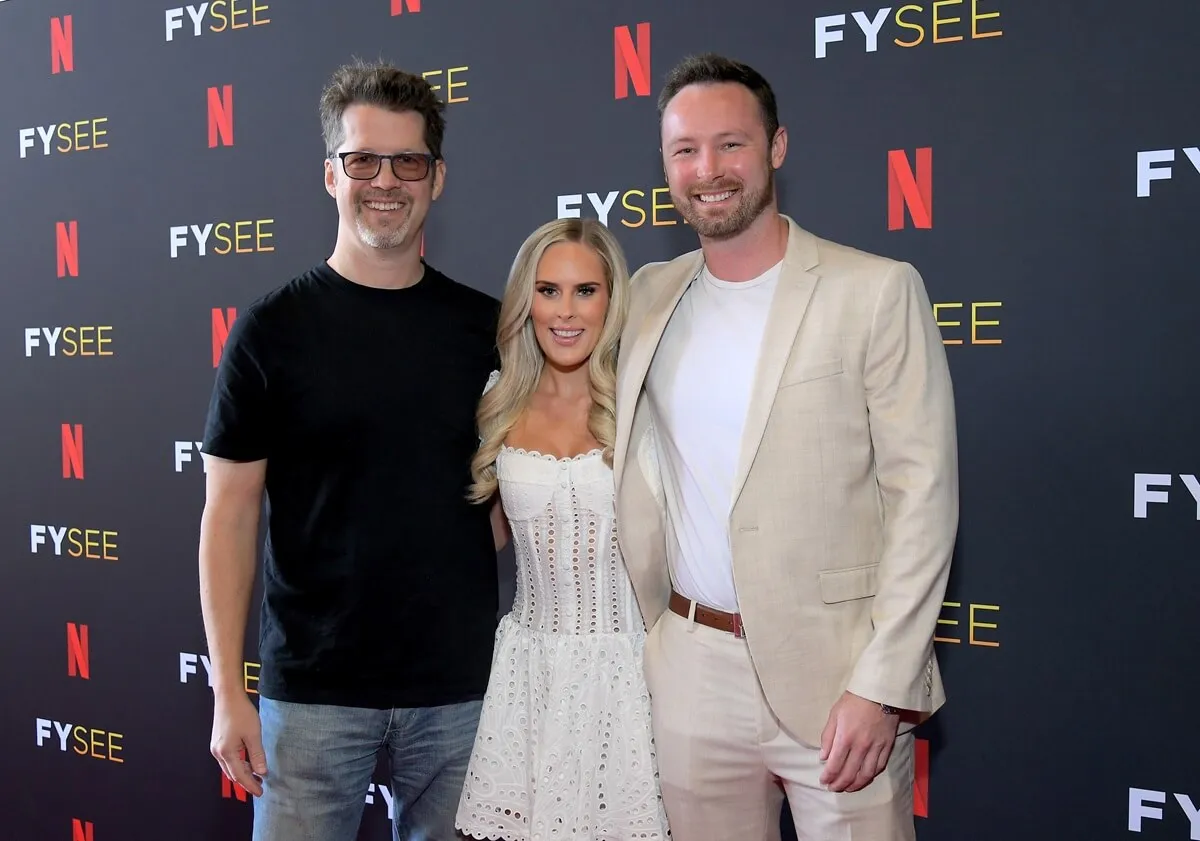‘Bend It Like Beckham’ Turns 20 Years Old: Is the Film Problematic?
Bend It Like Beckham earned a lot of praise, but also plenty of criticism over the course of its lifetime. However, it still remains a highly-quotable movie that audiences continue to refer to in popular culture. Bend It Like Beckham is hitting a major milestone release but is it a problematic film in the modern landscape?
‘Bend It Like Beckham’ hits its 20-year anniversary

Gurinder Chadha directed and co-wrote a screenplay that she wrote with Paul Mayeda Berges and Guljit Bindra. The story follows Jess Bhamra (Parminder Nagra), who comes from a very strict British Indian family in London. They don’t allow her to play organized soccer, despite the fact that she’s an adult. However, everything changes when she impresses Jules Paxton (Keira Knightley), who convinces her to play for her semi-pro team.
Many audiences recall seeing Bend It Like Beckham when it originally hit theaters or home video. It’s shocking for folks to realize that the movie’s original U.K. release was on April 12, 2002. The movie is now officially 20 years old. Bend It Like Beckham later hit DVD and VHS on November 18, 2002. Is Bend It Like Beckham problematic after all of these years?
‘Bend It Like Beckham’ fans continue to argue over the film’s message on race and ethnicity
A video uploaded on YouTube features a clip from Bend It Like Beckham intended to show its representation of race and ethnicity. The scene includes Jess playing soccer and messing around with a group of guys, but her mother witnesses this behavior and is upset. She scolds Jess in front of her father and both of her parents agree that it’s time for her to begin to learn what it means to “be a lady.”
The comment section under the video is incredibly active with users debating whether Bend It Like Beckham is problematic or not. One user said, “I’m Indian and born in America. My parents’ views are changing slowly. But sadly some Indians can never change.”
Some other users agree that this is in fact representative of the culture that the film portrays. However, some heavily disagree and believe that Bend It Like Beckham is problematic for its views on this subject.
Others say that the film has an outdated perception of the culture’s past, referring to it as “awkward,” “very on the nose,” clichéd,” and “very cringy.”
Another group of commenters believes that the problematic elements of Bend It Like Beckham are only due to the time it came out. At the time of release, many audiences praised the film for its progressive representation and characters, but believe that the social messaging doesn’t reflect modern values.
The LGBTQ themes continue to raise concerns
Indiewire once wrote about some of the problematic sides to Bend it Like Beckham surrounding the film’s approach to sexuality and LGBTQ themes. For starters, the movie assumes that women who want to play soccer are automatically lesbians. Apparently, earlier drafts gave more weight to an LGBTQ relationship.
“Gurinder Chadha has said that in early drafts, Jess and Jules (who spend the film squabbling over a hunky male coach) did actually end up having a romantic relationship, but this plotline was deemed too controversial,” Indiewire wrote.
Nevertheless, Reddit explored how Bend It Like Beckham was a “gay awakening” for them, making them feel that it was all right to be themselves.
However, a Redditor wrote, “The entire plotline was a set up for a Big Gay Ending™, it’s sad that it didn’t happen.” Others agreed with the poster, wanting the film to truly commit to some of the themes that it teases.
The discourse continues on whether Bend It Like Beckham is truly problematic or not. Perhaps the answer lies somewhere in between. Its values can be outdated, while simultaneously inspiring the communities the story represents and making them feel seen.


